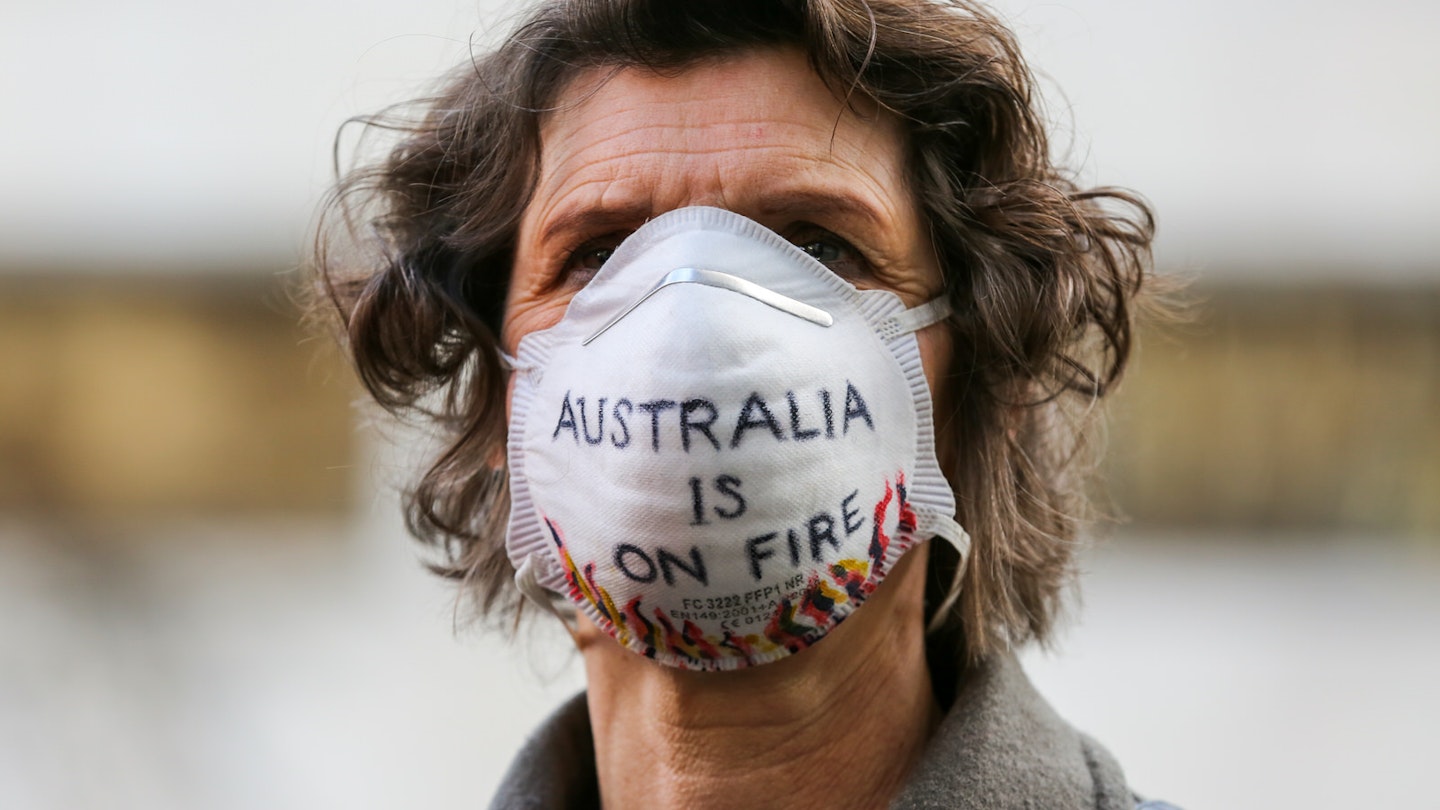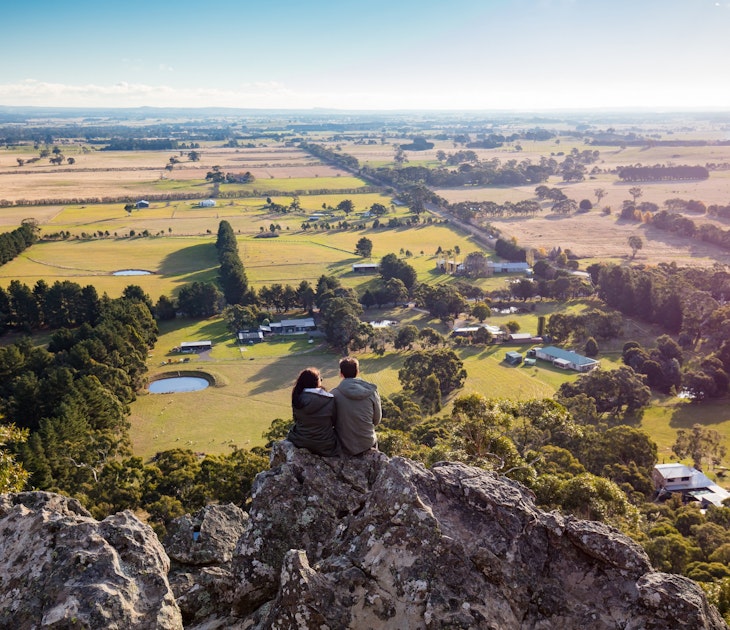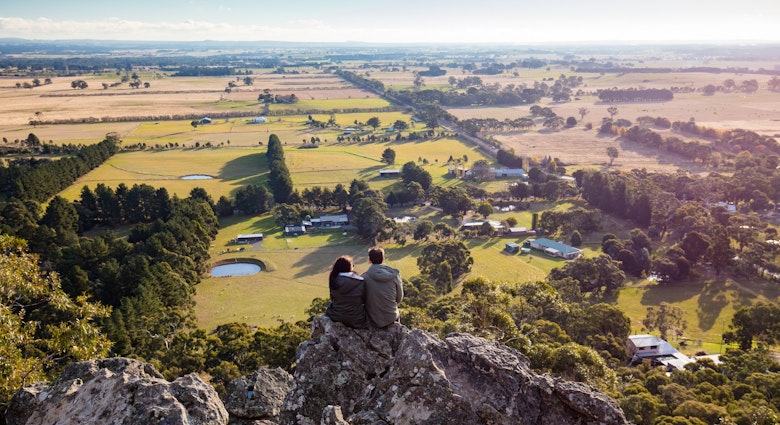Australia’s current bushfire season has been the worst to date, but what does that mean for travellers right now? Should you still head Down Under? We unpack the questions many people are asking themselves and look at the different ways travellers can help Australia’s recovery.
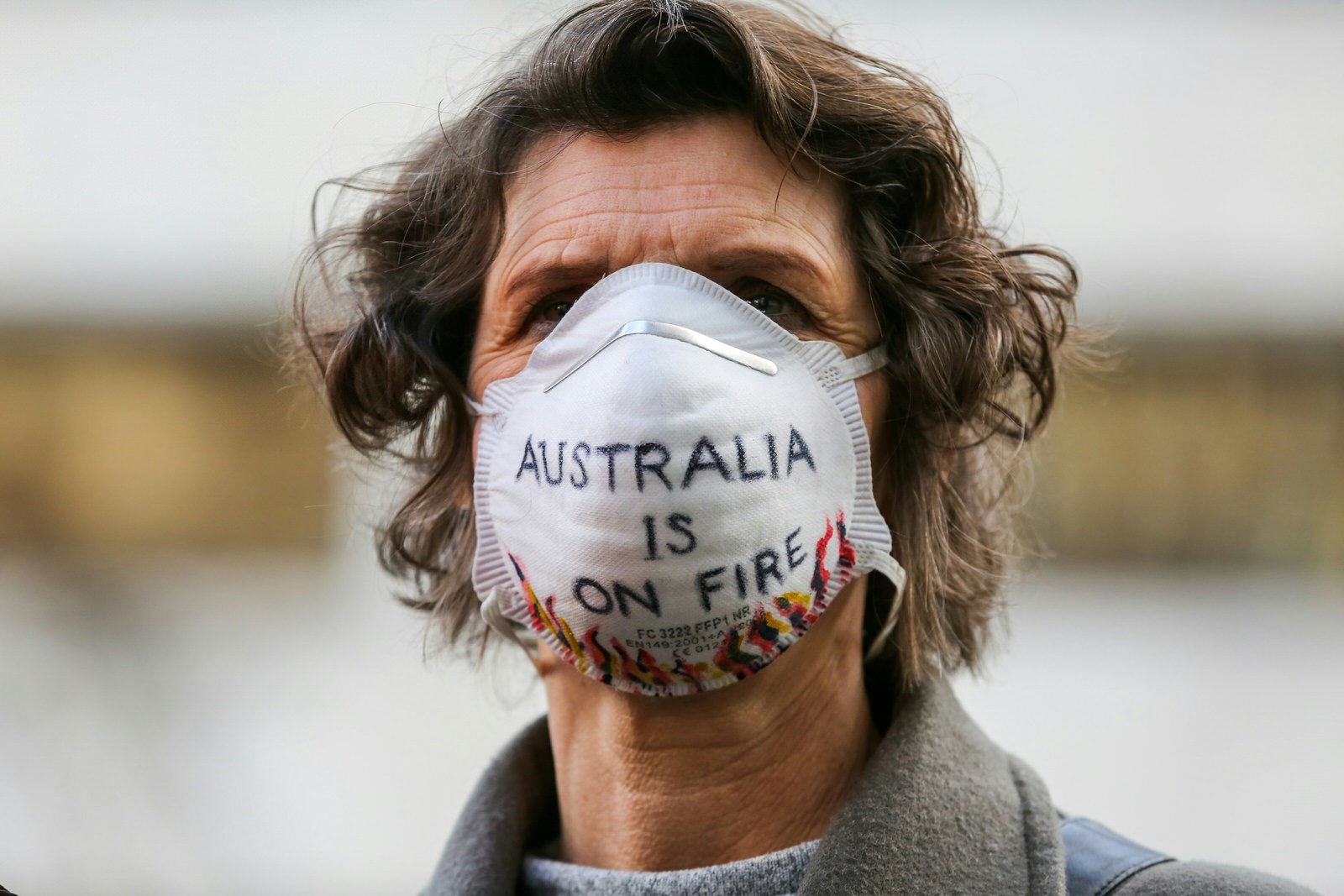
First, should you travel to Australia right now?
Yes, but make an informed decision. Australia is a vast country of many different geographies and climates. The places affected by the fires are localised and there is plenty of information available on what regions have been affected. Here’s where you can check the latest fire information for each affected state and territory:
- - New South Wales fire information
- - Queensland fire information
- - Northern Territory fire information
- - Western Australia fire information
- - South Australia fire information
- - Victoria fire information
The main areas affected this summer have been coastal New South Wales and neighbouring Victoria, plus some parts of South Australia in the Adelaide Hills and Kangaroo Island off the coast.
Air quality has been impacted too, of course, which affects broader areas than the above – and which has been a serious concern for people with respiratory conditions. As we’ve seen in news reports, Sydneysiders and Melburnians are now donning P2 air pollution masks to go outside because the air is thick with bushfire smoke.
Change your travel plans if necessary
If you're planning to travel to an affected area, the best thing to do is head to other parts of the country that have not been affected. Hobart in Tasmania is currently hosting its annual summer festival MONA FOMA; outback New South Wales is pulling on its cowboy boots for the Tamworth Country Music Festival; while Perth will be getting weird again at this summer’s Fringe World.
Some towns, such as the isolated hamlet of Mallacoota, are still unreachable so holiday makers are finding alternative places to camp or stay in the region.
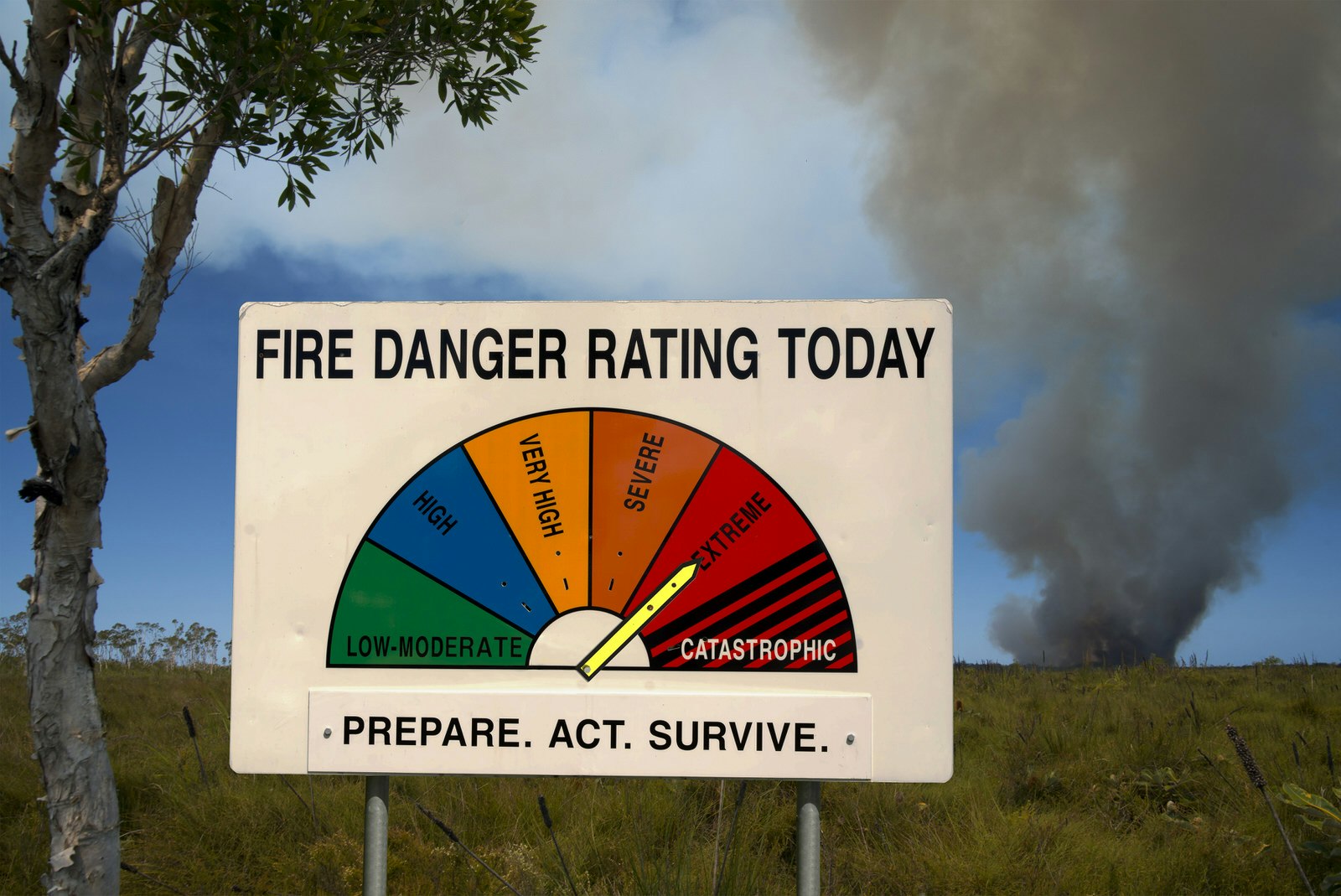
Stay informed on where you can travel
Reliable on-the-ground information is your friend, and luckily it is shared widely with an accurate up-to-date emergency alert app, websites (with specific local websites depending on whether you’re visiting Victoria, South Australia, or even Tasmania), radio stations, television reports, and word of mouth (in Australia that’s called the bush telegraph). Fire Danger Rating is signposted in local areas on large roadside signs, and included in all media reports. In typical straight-talking Aussie fashion, the danger levels go from ‘low’ to ‘catastrophic’. If the warning level is high, or you’re told to evacuate, do it. Do not put yourself in danger and create more problems for firefighters.
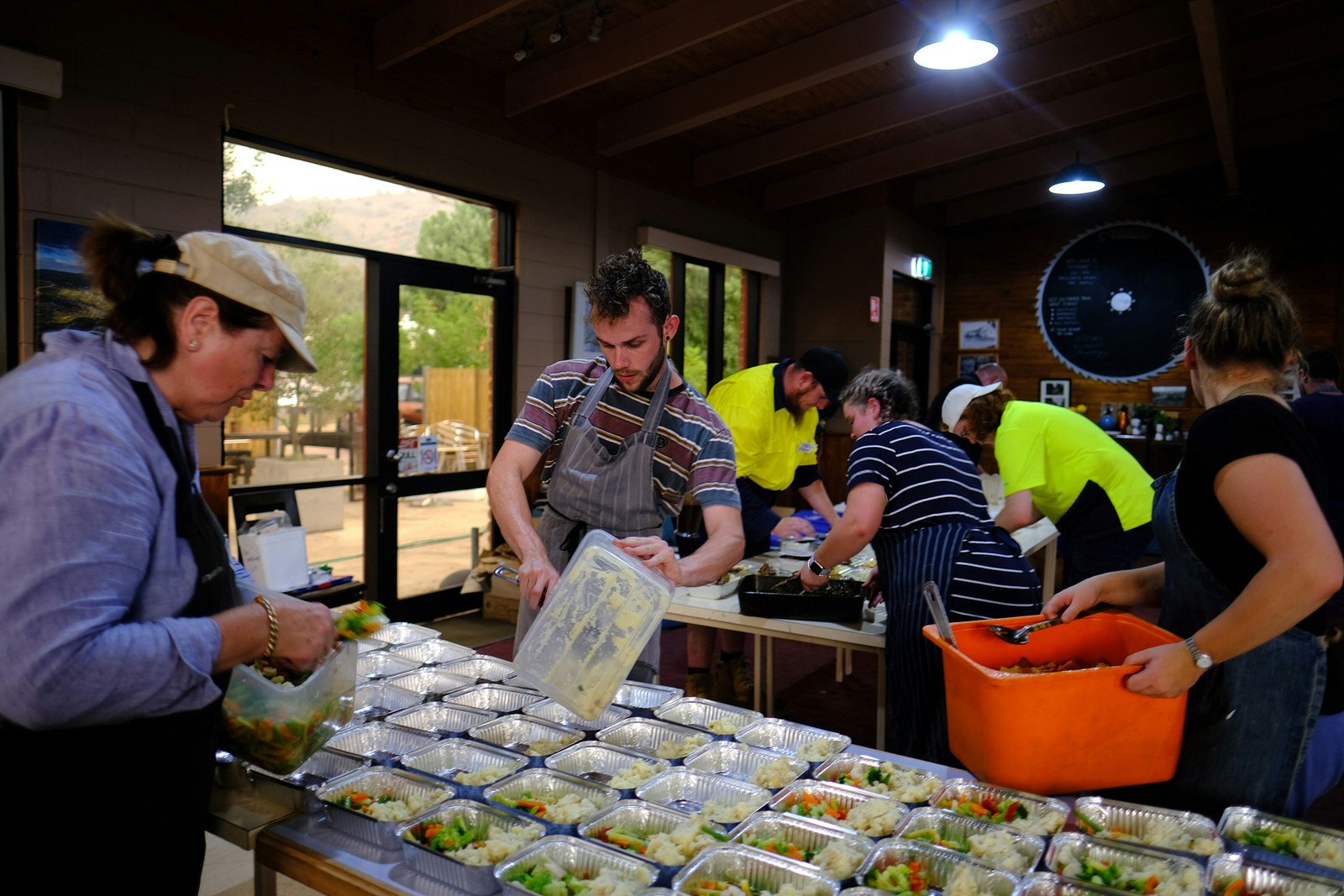
Find out where to spend your tourist dollars
Once an area has been cleared of a fire risk, these places will need the financial contribution of tourism to get back on their feet. If you’re backpacking on a budget, ask around and spend a day or two physically helping if possible. Check the Empty Eskies campaign to find out which communities are ready for your help now.
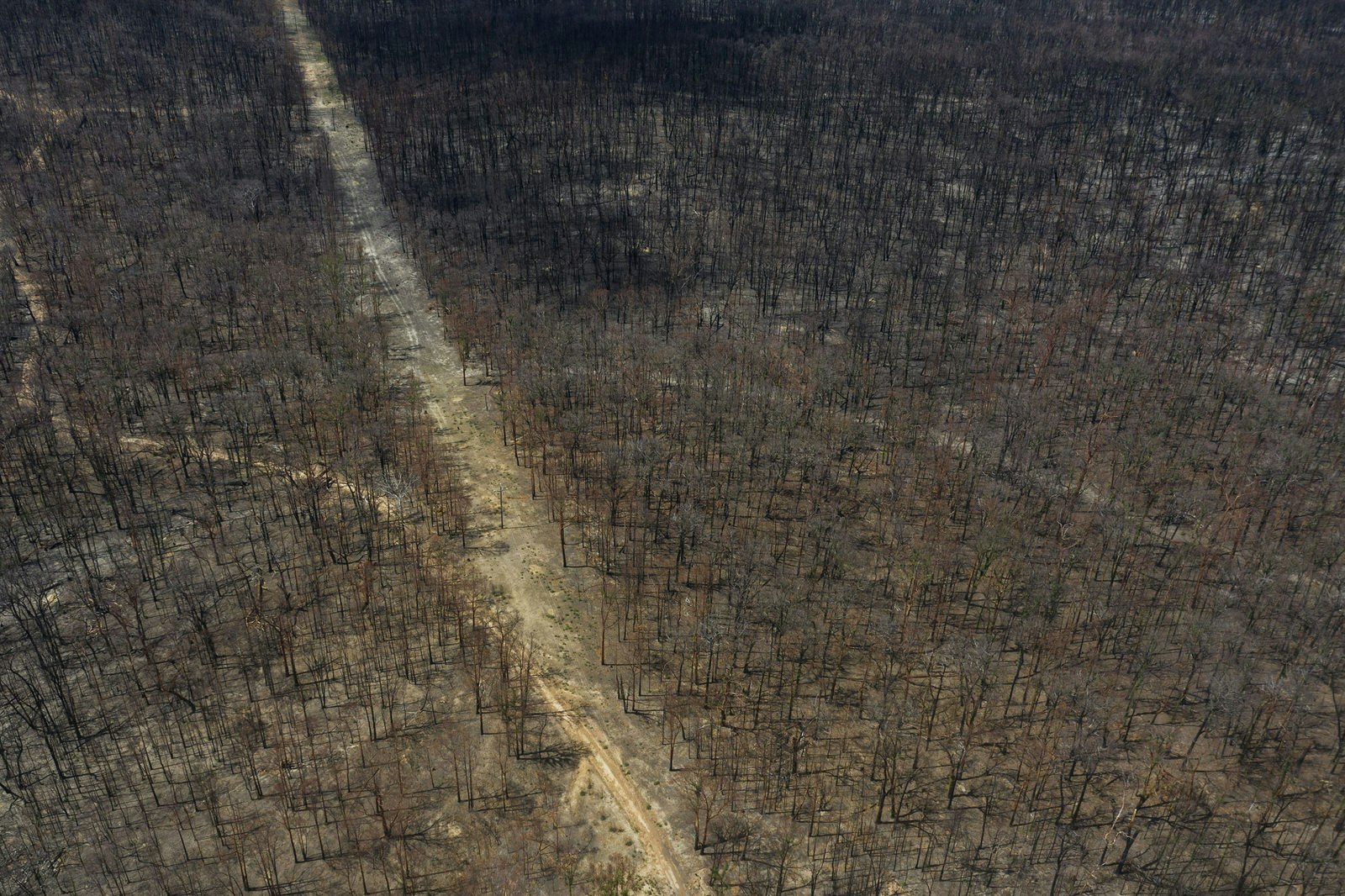
Is it best to avoid Australia altogether this year?
Some travellers may decide to head elsewhere in 2020, and indeed Australia suspended its New Year’s marketing campaign ‘Matesong’ with Kylie Minogue for the moment. However, the way Australia has responded to this national disaster is probably the best advertisement of all. The last few weeks have reminded the world that Australians are remarkably resilient, wonderfully generous, and fighting hard to save their incredible country.
As the main proponent for travel in Oz, Australia Tourism explains: “It is more important than ever to support Australian tourism providers, whether in unaffected regions or those that will recover from these bushfires in the months and years to come. The best way to support Australia, Australian communities, and the tourism sector is to keep visiting. If you cannot travel to an affected area due to bushfires, one of the many ways to help includes rescheduling instead of cancelling a planned trip to support the communities in the coming months”.
If you weren’t planning to visit Australia this year, maybe you should.
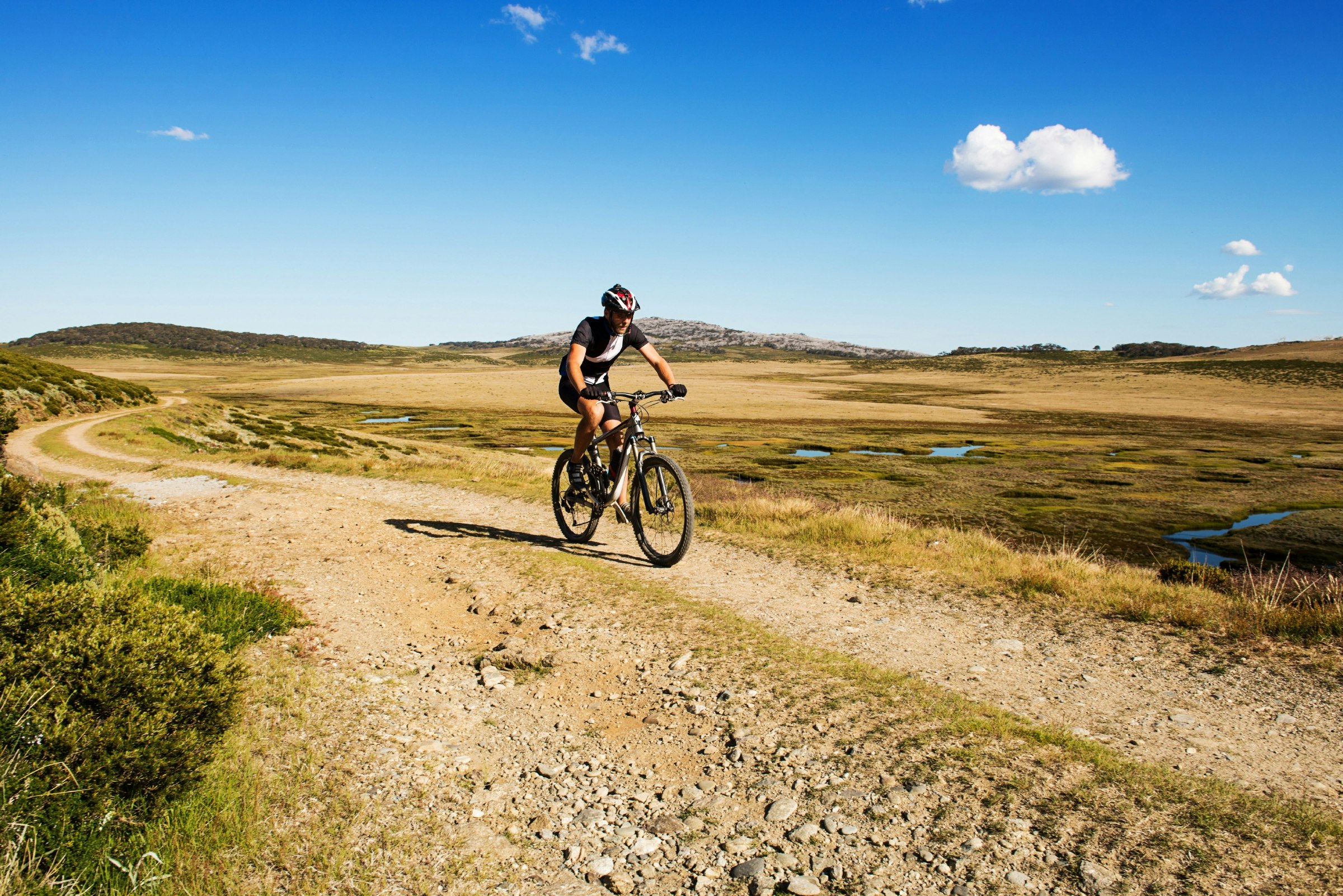
Travel responsibly
If you do decide to go, offset your flights, but also heed the advice to go slow and stay for longer. Hopping on a flight for a weekend by a pool might be something to reconsider and instead opt for taking your loved ones on a once-in-a-lifetime trip to Australia.
While on the ground look for low-carbon ways to spend your time travelling, for example hiking, sailing, canoeing and cycling your way around Australia’s unique countryside. Learn from Australia’s indigenous people who have a special relationship with Country and managed to live in harmony with it for tens of thousands of years.
Use public transport; hire an electric vehicle; stay at greener accommodations; buy and eat locally; eschew waste; and take your own re-usable bottles, cutlery and shopping bags… the list goes on.
Many Australians have already embarked on the path to a new low carbon future, and the wildfires of 2020 will hopefully galvanise the rest of the population to face up to the realities of climate change, listen to its Elders, and re-tool its industries and economy for a safe and prosperous future.

Long term solutions – maybe I shouldn’t travel anywhere at all?
This is an entirely personal decision and indeed more people are starting to question the ethics of long-haul flights. Arresting carbon emissions and reversing the effects of climate change requires complex, multipronged and continually developing solutions. There is not enough Earth for us all to go on living the way we do in the West, that much is clear. Collective action must be taken, and right now many people are fighting for a global consensus on these issues and an agreed path to a greener future.
In the meantime, there are many ways for individuals to reduce our impact on the planet. Not flying is one of them. Stay local and investigate the many ways you can live better and raise awareness with those are unconvinced about how urgent the issue of climate change is for everyone.

